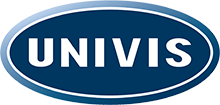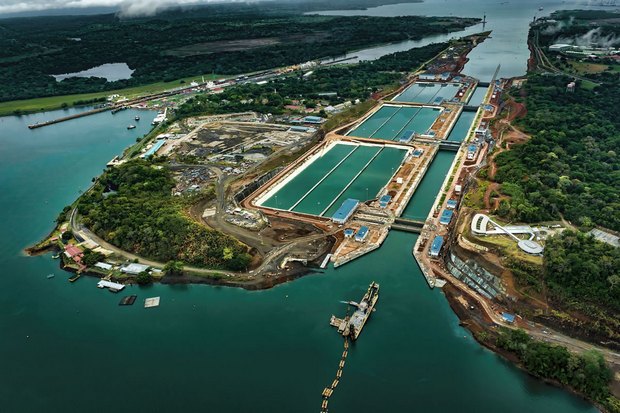

News


The Panama Canal– a navigable canal connecting the Gulf of Panama with the Caribbean Sea and the Atlantic Ocean, is located on the Isthmus of Panama in the state of Panama.
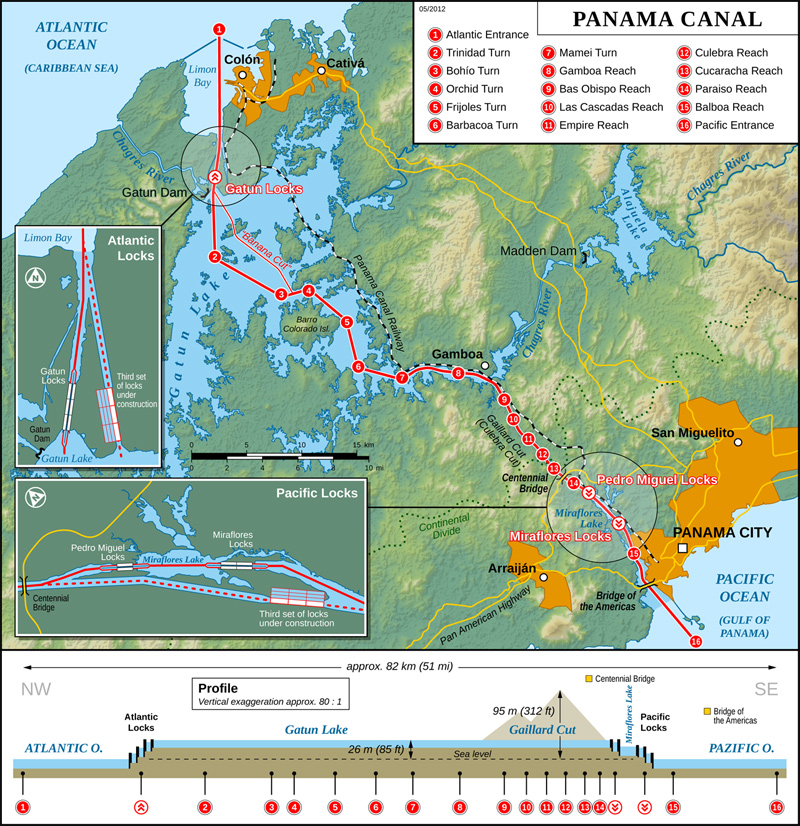
The 50-kilometer canal created an important shortcut for ships: after the canal was built, the path between New York and California became noticeably shorter, since it was no longer necessary to “make a circle” around a part of South America, cutting the road by almost 8000 miles The canal that uses the dam system to lift ships 85 feet above sea level was the largest engineering project of its time.
The idea of building a canal appeared in the 16th century
In 1513, the Spanish explorer Vasco Núñez de Balboa became the first European to discover that the Isthmus of Panama links the Atlantic and Pacific Oceans. However, surveyors of the time announced that construction was not possible.
The creators of the Suez Canal and the Eiffel Tower were convicted for the unsuccessful construction of the Panama Canal
The company Lesseps, which developed the draft Suez Canal, began to dig a canal through Panama. The project suffered from poor planning, engineering tasks and tropical diseases, which killed thousands of workers. Gustave Eiffel, who designed the famous tower in Paris, was then hired to create dams for the canal. Nevertheless, the construction finally failed in 1889. This caused a strong scandal, Lesseps and Gustave were accused of fraud and sentenced to imprisonment.
America originally wanted to build a channel in Nicaragua, not in Panama
During the 1800s, the United States wanted to build a canal linking the Pacific and Atlantic oceans in Nicaragua, because they thought it would be more beneficial for them for economic and political reasons.
More than 24,000 workers died in the canal construction process
The builders of the canal faced many obstacles, including difficult terrain, hot, humid weather, heavy rain and rampant tropical diseases such as yellow fever and malaria.
About 14,000 ships cross the canal daily
American ships use the channel more than anyone else, but ships from China, Chile, Japan, Colombia and South Korea also use it. Every ship that passes through the canal must pay a fee depending on the size and volume of the cargo. Charges for the largest ships can reach up to $ 450,000.
The USA handed over control of the canal in Panama in 1999
In 1977, President Jimmy Carter and General Omar Torrijos signed treaties, transferring control of the canal to Panama in 1999, but left the US with the right to use military force to protect the waterway from any threat.
To date, the planned expansion of the channel. The expanded canal will be able to pass cargo ships carrying 14,000 20-foot containers, which is almost three times more than at present. The expansion project is expected to be completed at the end of 2016. upd. The expansion project has been completed, and the container ship giants are already on it.
LAST NEWS
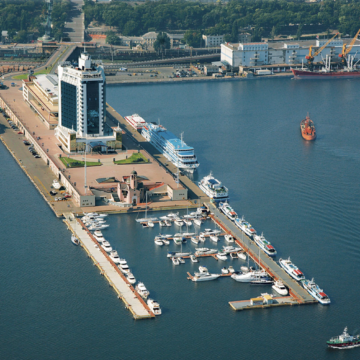
У морі – без курсу: реалії українського шипінгу
Спікери Ukrainian Transport Forum 2025 поділилися думками про те, що морська галузь в Україні втрачає конкурентоздатність, а приватні компанії змушені шукати розв’язання системних проблем самотужки. Проблеми галузі обговорили під час Ukrainian Transport Forum 2025, що проходив в Одесі в рамках колаборації АМЕУ, ЄБА та проєкту Maritime Days in Odesa. Зокрема учасники головного транспортного заходу року […]
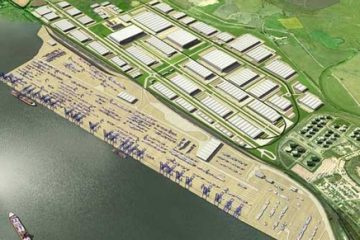
World ports: global port construction and reconstruction projects
The global port construction market is recovering from the recession, many projects are under development and implementation. As in many other industries, the global recession had a negative impact on the seaport construction market, the construction of new ports and terminals and the reconstruction of old ones were delayed or even canceled due to a […]
Interesting: by 2033 the deadweight of the world merchant fleet will be 3 billion tons
For 13 years, the total tonnage of ships has doubled and this is not the limit. In 2006, the global merchant navy reached a billion dwt. To date, the deadweight of the world merchant fleet has passed the mark of two billion. And by 2033, three billion are predicted, but if the growth rate is […]
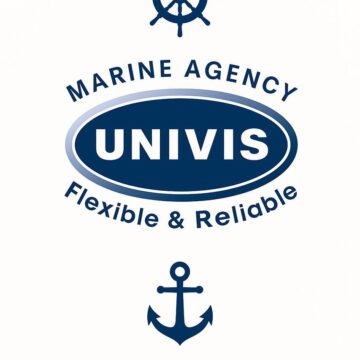
Seafarer’s Day 2025
Sorry, this entry is only available in Ukrainian.
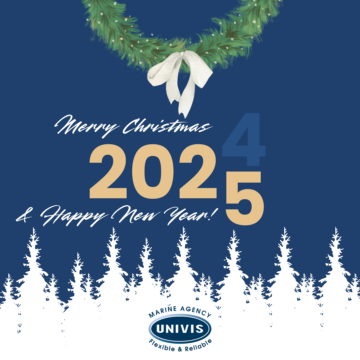
Merry Christmas and Happy New Year 2025!
Dear Seafarers! We sincerely congratulate you on the upcoming Christmas and New Year! May your homes be warm and cozy, and your hearts be filled with joy and inspiration. We are grateful for your professionalism, dedication and trust in our company. We wish that the New Year 2025 will bring you new achievements, good health […]
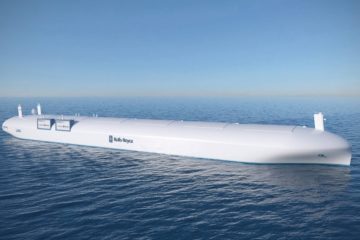
Sea drones: a toy or the technology of the future
The crew of the average merchant vessel of the year in commercial production in 1860 is about 250 people. In 1880 there were about 140 people. By 1900, when steamships forced out the sailboats, it finally fell to 100 people. The crew of the diesel commercial vessel in the middle of the 20th century is […]

PETITION FOR SEAFARERS
Dear seafarers❗️ A petition appeared regarding the possibility of obtaining a seafarer’s passport abroad. The petition was filed by the USU organization today. Lin for signatures: https://petition.kmu.gov.ua/petitions/6082
IMPRORTANT INFORMATION
‼️Important information for seafarers regarding foreign passports‼️ Dear Ukrainian sailors who are abroad! We remind you that all citizens of Ukraine have the opportunity to renew their foreign and domestic passports at the mobile points of the DP Document Center in Europe (Italy, Spain, Poland, Czech Republic, Germany, Slovakia) and in Istanbul, Turkey! Take care […]

Interesting: Innovative Vessel Being Built for Hawaiian Marine Research
An innovative research vessel is being built for the University of Hawaii at Manoa and the University of Hawaii Foundation (UHF) on behalf of the Hawai’i Institute of Marine Biology (HIMB) to allow them to access and study marine environments in the Hawaiian Islands. The unique design of the vessel will be fundamental to meeting […]

